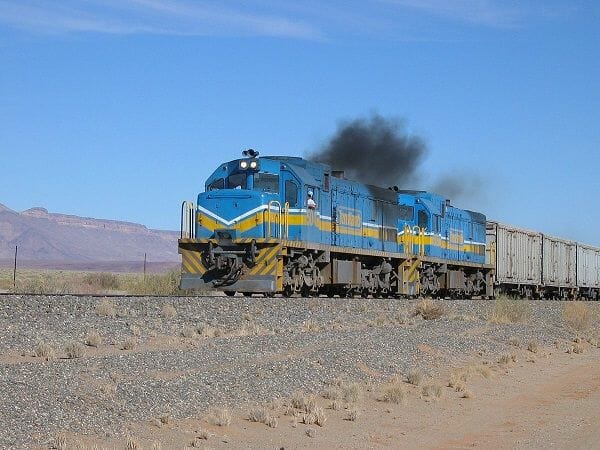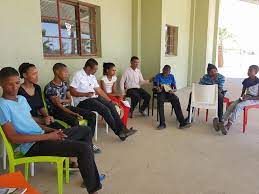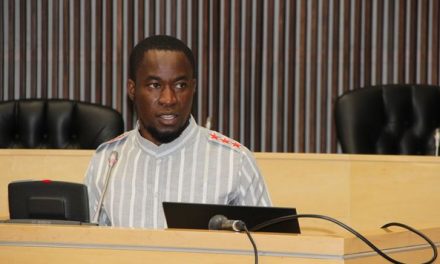
Fourth African Development Bank loan targets key transport infrastructure bottlenecks

The African Development Bank (AfDB) announced on Thursday 14 December it has approved another N$2 billion loan facility for Namibia to upgrade the railway line between Kranzberg and Walvis Bay, and to turn the Windhoek to Hosea Kutako International Airport road into a dual carriageway with an option for a third lane in future.
The airport road project, part-sponsored by the government, will be scheduled over a 42-month period. “The Namibian Government is a co-financing partner in the project. The government recognizes that the combination of having direct access to the South Atlantic and a good transport network can improve its competitiveness and desire to become an international logistics hub. It shares borders with Angola, South Africa, Botswana and Zambia, and the latter two countries are landlocked,” stated the African Development Bank.
“The upgrading of the railway track between Walvis Bay and Kranzberg will speed up both freight and passenger traffic. The current railway line, of Cape Gauge standard, was last upgraded in the 1960s and, in its current condition with speed restrictions, is an infrastructure bottleneck, resulting in increased transport costs. The upgrading is particularly important because it will involve a direct linkage to Walvis Bay Port, and therefore will speed the passage of goods to and from the port into Namibia and beyond into other Southern African Development Community countries. The AfDB is also providing support in the expansion of the container terminal at Walvis Bay Port.”
After improvement, freight trains will be able to travel at up to 80km/h and passengers trains up to 100km/h. The rail upgrading work will be implemented over three years.
The Bank’s Deputy Director General for Southern Africa Regional Development and Business Delivery, Josephine Ngure, said “The project is strongly aligned with the government’s priorities, and complements the other three projects approved by the Bank for Namibia this year. It is in line with two of the AfDB’s High 5 strategic priorities: ‘Integrate Africa’ and ‘Improve the quality of life for the people of Africa’ through the creation of construction jobs during the works and other employment after completion.”
Amadou Oumarou, Director of the Bank’s Infrastructure, Cities and Urban Development Department, noted that the two projects create opportunities for private sector participation.













































